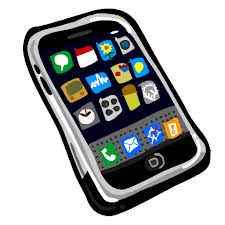Here’s a video that describes what we can do when we need to trick the amygdala back to calm. It’s a video for kids, but I find it helpful for adults too.
Category Archives: brain
Relationships Are Hard, But Why: a talk by Stan Tatkin
Podcast by Tara Brach: on learning to respond instead of reacting
Tara Brach is one of my favourite speakers/teachers on mindfulness. I often listen to her podcasts while cooking or as I relax before bed. This one is about how the brain “flips its lid” when we are triggered or reactive, and how we can learn to slow down, come down and respond more mindfully. She’s smart and kinda funny too.
http://tarabrach.libsyn.com/learning-to-respond-not-react-2015-09-02
Apps for wellness
For most of us, our smart phones are like second brains. Why not use them to help us calm? Here is a list of apps to help with anxiety, PTSD and finding acupressure points and AA meetings. Many of them are free.
How phones and iPads are wrecking our sleep
Sleep. It’s as important to us as food and exercise. If you’re like me, you’ll do (almost) anything for an uninterrupted 8 hours.
Many of us don’t get enough sleep. There’s lots of advice out there about sleep hygiene as a strategy to sleep better (if you’ve never heard the term before, you might want to click this link).
However, it’s only recently been understood just how bad blue light is for our sleep. Have a look at this article to understand why, and shut down your devices an hour before bed. Pick up a non light-emitting e-reader or one of those vintage readers (a book!) instead.
